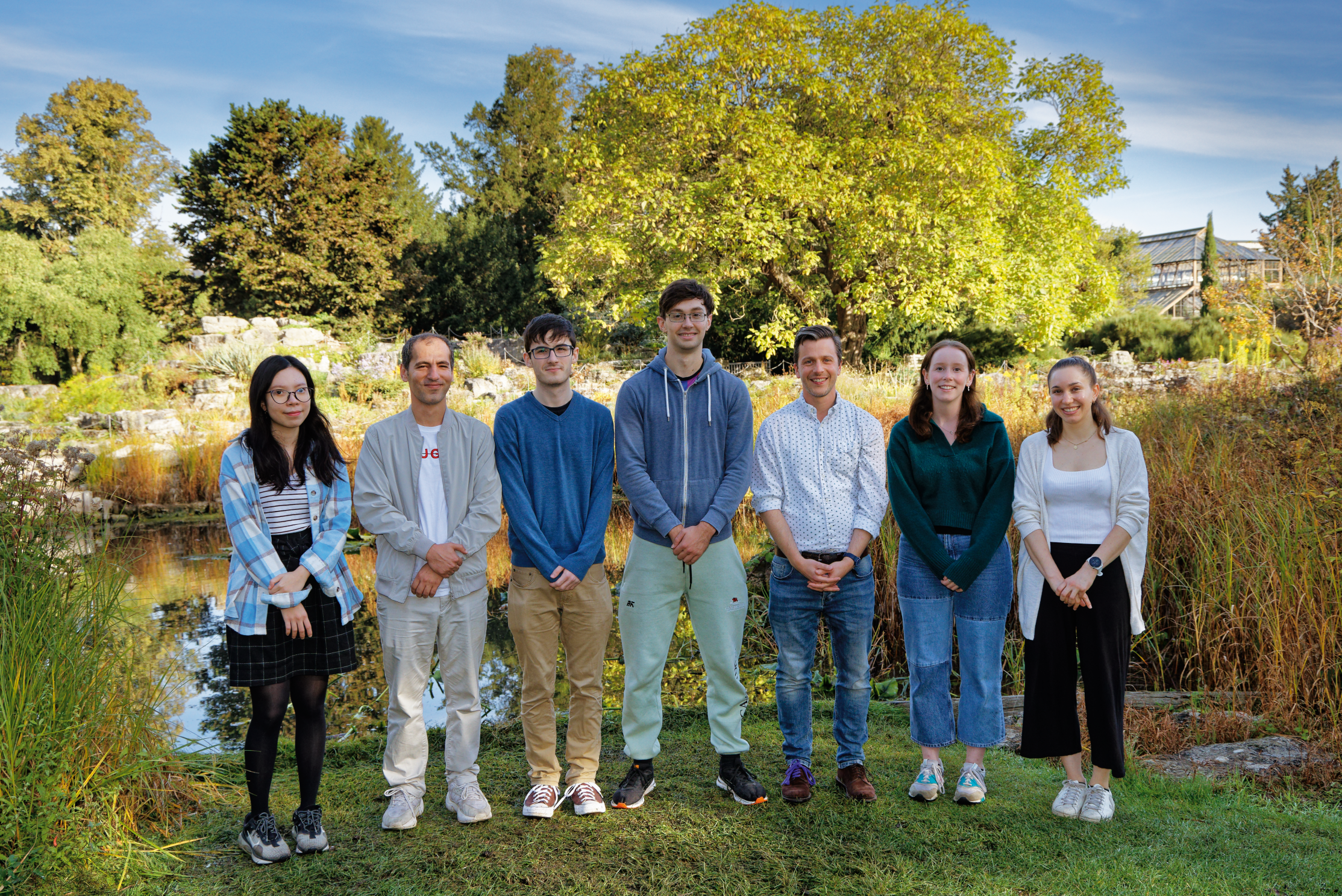
Friction plays a role in our day-to-day lives, such as rubbing your hands together to generate heat on a cold day. Stephen’s group looks at friction on a much smaller scale. They specialise in using computational techniques to test the validity of theoretical ideas in chemistry: especially in describing the friction of liquid water flowing over carbon surfaces at the atomic level.
These calculations are the foundation of research into emerging technologies. They inform what direction laboratories should take when studying water flow on carbon surfaces.
“What we do is the basis for a lot of emerging technologies in fields like desalination and generating renewable energy,” explains Stephen.
PhD student Anna Bui adds: “By understanding the mechanism governing water flow at this scale, we can provide a molecular control of the flow by careful design of filtration membranes and nanofluidic devices, offering sustainable solutions to problems in water desalination and blue energy harvesting. For example, strategies to lower the friction can increase the efficiency of energy transfer.”
Curious forces

The Cox group in the botanical gardens, 2023, taken by Nathan Pitt ©University of Cambridge
The group has been using computational methods to test new, ambitious theories about what precise forces are at play at the atomic level. Anna’s latest paper explores the idea of quantum friction to explain the forces between individual atoms. Quantum friction is a theory that predicts how quantum forces affect the motion between two particles.
Anna tested this new theory using computational techniques and found evidence that generally supports quantum friction.
“We can see that something like quantum physics is a good candidate for explaining these molecular interactions,” says Anna. “If we can understand the forces from a molecular point of view then that gives more credit to the theory, and helps scientists down the line to turn these ideas into more practical applications.”
Graphite, graphene, and everything between
The group is also investigating the flow of water over carbon-based materials, like graphite and graphene. These two materials have very different structures and a variety of properties. Graphite is soft and layers slough off, which makes it a good material for pencils. But graphene has a high strength thanks to the strong covalent bonds between the carbon atoms. Water behaves quite differently with these different surfaces.
“Intuitively we think: the rougher the surface is, the higher the friction is, but for these carbon surfaces that idea doesn’t explain all the details,” says Stephen. For example, graphene is a thin, strong sheet of carbon atoms that can be rolled into tubes thinner than a strand of hair. This research will help other scientists whose research involves water flowing through tubes, which has potential applications in energy storage, medicine and chemical sensing. The Cox group is paving the way for these new discoveries.
This article first appeared in Chem@Cam magazine Winter 2023 Issue 67 pg 26.

